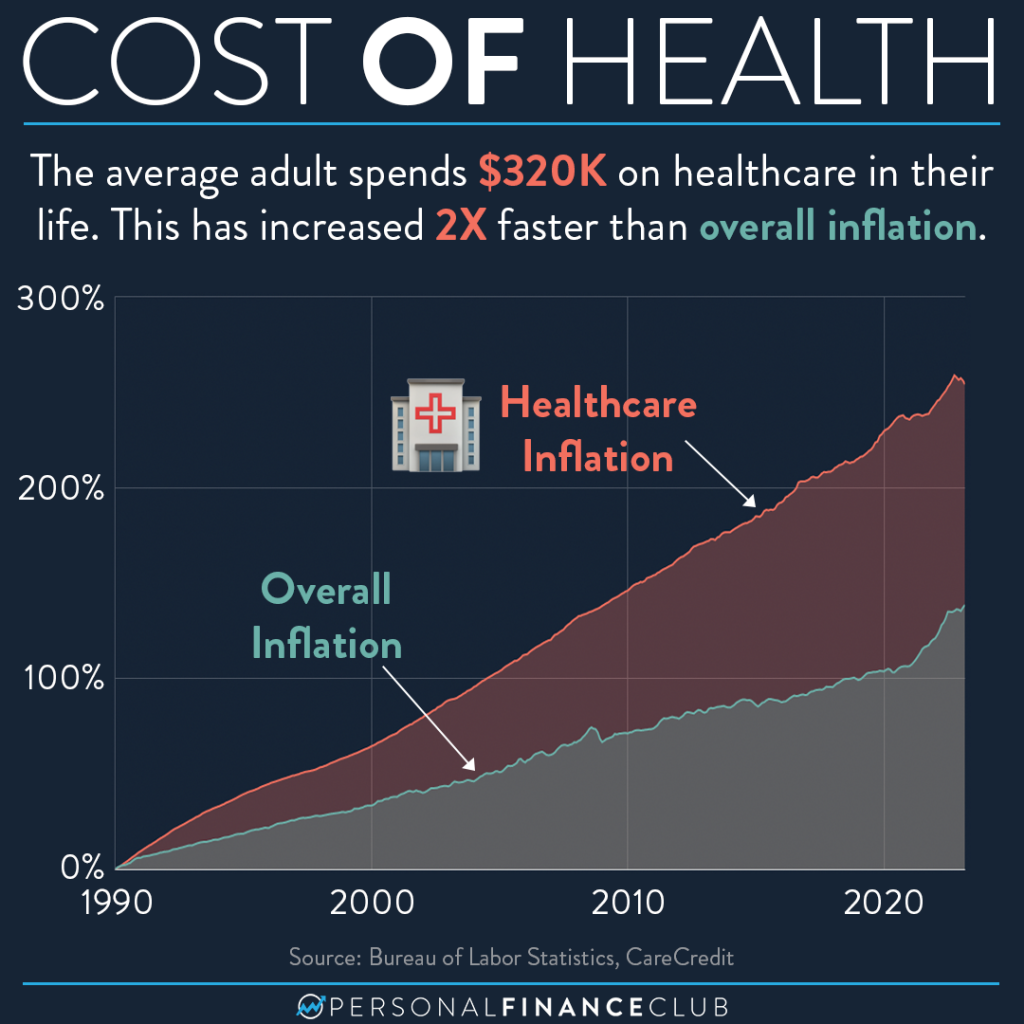Healthcare RCM: Optimize Revenue Cycle Administration for Better Results
Healthcare RCM: Optimize Revenue Cycle Administration for Better Results
Blog Article
A Comprehensive Guide on Exactly How Health Care RCM Functions to Simplify Billing and Collections
Browsing the complexities of health care earnings cycle administration (RCM) is important for providers intending to boost their billing and collections procedures. The overview unpacks the details of RCM, from client enrollment to balance dues management, providing insights into enhancing each step. Incorporating innovative modern technology and standardized treatments can considerably decrease case rejections and speed up payment cycles. Yet, the real difficulty lies in seamlessly merging these elements to boost cash money flow. As we explore the core components and methods that drive effectiveness, one inquiry continues to be: exactly how can health care entities ideal placement themselves to flourish economically in an ever-evolving market?
Comprehending Income Cycle Management
Grasping the complexities of Earnings Cycle Administration (RCM) is vital for medical care companies aiming to enhance their financial performance. RCM is a crucial administrative feature that encompasses the whole financial procedure of individual treatment, from the first appointment readying to the final payment of the balance. It is a complex treatment made to determine, accumulate, and handle the earnings from the services provided to people. Efficient RCM makes sure that medical care suppliers obtain accurate and prompt settlements, decreasing the danger of revenue loss and improving cash money flow.
The RCM process starts when a patient timetables an appointment and expands through the patient's care trip, consisting of payment and collections. A crucial purpose is to minimize the time in between giving a solution and obtaining payment, therefore improving the company's financial health and wellness. RCM involves various functions such as person enrollment, insurance policy confirmation, cost capture, coding, declares entry, repayment uploading, and dealing with appeals and rejections.
Trick Elements of RCM
In the realm of Profits Cycle Administration (RCM), recognizing its essential components is essential to attaining monetary effectiveness within health care companies. RCM is a detailed process that includes numerous stages, each crucial to making sure effective invoicing and collections. The main elements consist of individual registration, insurance policy verification, fee capture, coding, case submission, payment uploading, and balance due administration.


When coded, insurance claims are submitted to payers, where accuracy is vital to stay clear of denials or hold-ups - Healthcare RCM. Settlement publishing involves recording the obtained settlements, which permits the reconciliation of accounts. Lastly, receivables management concentrates on monitoring and resolving overdue claims, making sure timely follow-up and resolution
Each component of RCM is adjoined, and ineffectiveness in any kind of part can interfere with the entire cycle. Consequently, mastering these aspects is important for healthcare service providers to enhance earnings and improve their economic wellness.
Methods for Reliable Payment

Systematizing payment treatments across the company is an additional essential approach. Developing clear standards for documents, coding, and submission assists maintain consistency and conformity with governing requirements. Educating personnel on a regular basis on these procedures makes sure everyone is current with the current changes in invoicing codes and payer policies.
Exact cost capture is necessary in preventing profits leakage. Carrying out normal audits and surveillance systems enables the identification and modification of inconsistencies prior to they influence earnings. Additionally, maintaining open lines of interaction with payers assists to rapidly settle any type of conflicts or misconceptions that may occur.

Finally, interesting people early in the billing process by giving clear estimates and instructional products concerning their monetary obligations can dramatically minimize complication and boost payment timeliness. These methods jointly add to a more efficient and economically healthy billing system.
Enhancing Collections Processes
A durable collections procedure is important for keeping financial security within medical care organizations. Provided the intricacies of clinical payment and the variety of payer needs, improving the collections process entails executing critical procedures that make sure prompt and precise payment of services made. Central to this is the usage of technology to automate and improve processes, boosting and minimizing hands-on errors effectiveness. Automation devices can aid in tracking insurance claim conditions, sending out timely tips to people, and managing rejections better.
Clear and clear client communications are vital. Providing in-depth explanations of charges and providing adaptable settlement plans can boost individual contentment and timely repayments.
Normal audits of the collections procedure should be conducted to identify areas for renovation and make sure compliance with guidelines. By analyzing data, medical care organizations can recognize patterns, prepare for prospective concerns, and adapt approaches accordingly (Healthcare RCM). Inevitably, a well-enhanced collections process not only sustains monetary wellness but likewise adds to an extra smooth experience for patients and team alike
Optimizing Earnings Streams
Structure upon the structure of a solid collections process, medical care companies can better strengthen their monetary stability by strategically maximizing profits streams. This includes a multi-faceted strategy, beginning with an extensive evaluation of existing income sources to determine inadequacies and locations for growth. Using advanced data analytics devices makes it possible for organizations to obtain understandings right into payer mix, client demographics, and solution use patterns, permitting data-driven decisions that improve earnings capture.
Executing automated payment systems can substantially lower errors and speed up claims processing, making sure that profits is gathered more efficiently. In addition, maximizing payer contracts via normal arrangements can company website boost reimbursement rates and terms, directly influencing the lower line. Branching out solution offerings, such as integrating telehealth or wellness programs, can likewise draw in a wider individual base, thus boosting earnings possibility.
One more crucial component is boosting person engagement and fulfillment, as completely satisfied people are a lot more most read review likely to stick to therapy plans and make prompt settlements. Supplying versatile repayment choices and transparent payment practices can enhance collections and foster person loyalty. Healthcare RCM. By adopting these methods, health care companies can develop an extra durable financial framework, making certain continual growth and security in an ever-changing market landscape
Final Thought
In verdict, health care Earnings Cycle Monitoring (RCM) plays an important duty in maximizing invoicing and collections processes by incorporating essential components such as individual registration, insurance verification, fee capture, coding, asserts entry, and receivable monitoring. By employing advanced innovation, standardizing treatments, and promoting individual interaction, doctor can considerably lower insurance claim rejections, speed up settlement cycles, and enhance money flow. This extensive approach to RCM inevitably leads to improved monetary efficiency and sustainability for healthcare companies.
The RCM procedure begins when a patient schedules an appointment and extends via the client's treatment trip, consisting of invoicing and collections.An additional crucial part is boosting individual involvement and fulfillment, as completely satisfied people are a lot more most likely to adhere to treatment plans and make prompt payments. Providing flexible repayment options and transparent payment techniques can enhance collections and foster patient loyalty.In conclusion, medical care Earnings Cycle Monitoring (RCM) plays a vital role see page in optimizing invoicing and collections procedures by integrating essential components such as client registration, insurance verification, charge capture, coding, asserts entry, and accounts receivable management. By utilizing innovative modern technology, systematizing procedures, and promoting client interaction, health care companies can substantially minimize claim denials, accelerate repayment cycles, and boost money circulation.
Report this page